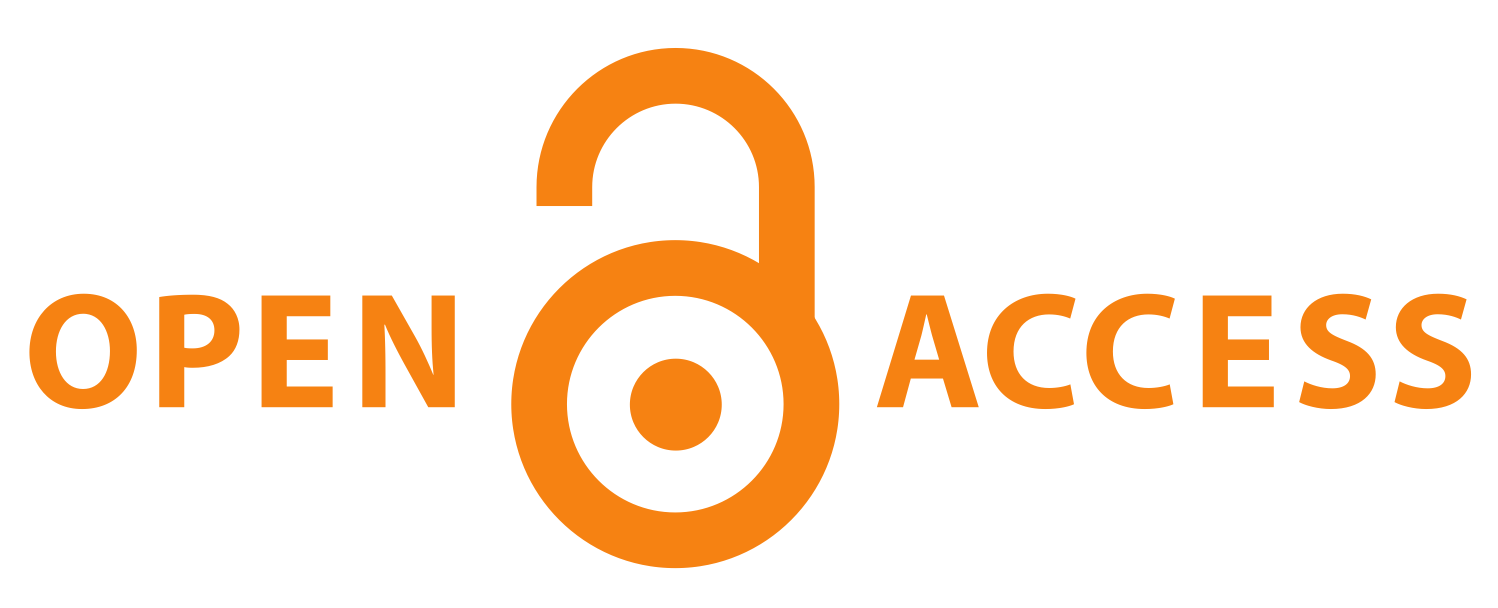SciComm Corner – The importance of disseminating reliable psychology and neuroscience information during the COVID-19 pandemic

Article written by Ingrid Fadelli
The importance of disseminating reliable psychology and neuroscience information during the COVID-19 pandemic
Countless individuals worldwide are currently facing consequences of the COVID-19 pandemic, whether these are economic, social, practical or related to their physical and mental wellbeing. In this time marked by uncertainty, confusion and isolation, many people can find themselves feeling stressed, anxious, hopeless, or overwhelmed.
In the midst of particularly stressful and confusing events, disseminating trustworthy information related to mental health is of crucial importance, as it can help individuals to navigate the challenges they are facing and encourage them to seek the support they need.
While it is always important for journalists and writers reporting neuroscientific, psychiatric and psychological findings to be mindful of the effects that their words could have on their readers, at times like these it becomes even more salient. In addition, the COVID-19 crisis comes with a number of unique challenges that should be considered when covering mental health-related topics.

Lockdown and social isolation
The COVID-19 outbreak has put pressure on many governments to implement restrictive measures, the most extreme of which are country-wide lockdowns. This has forced numerous people to remain at home for prolonged periods of time, confining them to their household and preventing them from engaging in their regular activities.
Lockdown measures can have a number of adverse effects on people’s mental wellbeing, depending on their circumstances, living arrangements and relationships with others within the same household. For those living alone, for instance, these measures could mean having very few or no face-to-face social interactions throughout the day, which could increase their feelings of sadness, isolation, and anxiety.
For some people, on the other hand, lockdown measures might entail being forced to spend hours on end with family members or significant others that they generally only see for a few hours a day, which could give rise to tensions, conflicts, or general difficulties adapting to new circumstances. In more extreme cases, people might be confined in small spaces with abusive or aggressive partners, relatives or other members of their household, which could make them feel unsafe, hopeless, or threatened.
As they face these challenges, individuals might feel inclined to browse the internet for information about the different forms of discomfort they might be feeling or about treatments, services, and strategies that could help them cope with their difficulties or situations at home. This is where science communication steps in, serving as a bridge between psychological, neuroscientific or psychiatric communities and individuals who could benefit from different types of therapy or mental health services.
As science journalists, we should ensure that we touch on subjects related to mental health responsibly, considering that some people might currently be unable to access in-person services or take a distance from situations that are very difficult to cope with, and could be turning to online resources to learn more about the issues they are facing or identify tools that could help them cope with them.
Any research-based advice or guidance, therefore, should ideally take into account the unique circumstances that many individuals worldwide are currently in. This is especially true for articles discussing treatments, practices or coping strategies that have been found to be effective for particular symptoms or mental disorders.
If covering sensitive topics, such as domestic abuse, it might be useful to bear in mind that some readers might be experiencing it and yet be presently unable to leave the house. This might mean offering tips that prioritise their safety or directing them to reliable online services and resources that could help them to cope with the challenges they are experiencing both during and after lockdown.

An overflow of information
Today, most people have access to an endless sea of information about a wide range of topics via their smart devices. While this was already the case before the outbreak of COVID-19, the confusion that unavoidably arises from the current crisis and the fact that many are spending long hours at home might make people particularly prone to searching for health-related videos, articles or other content online.
The excess of information available to us, ranging from reliable news reports to sensationalist content or fake news, can exacerbate people’s confusion further, leaving them feeling overwhelmed, anxious, and disoriented. While browsing online content, one might also encounter countless discrepancies and inconsistencies or find that information evolves or changes rapidly over time.
When reporting about mental health-related topics, it might be best to keep in mind that most people nowadays are exposed to vast amounts of health-related information and that this information overload could make them feel particularly lost and anxious. Many mental health organisations recommend taking long and regular breaks from COVID-19-related news or content, yet not all people might be aware of or following this advice.

Trustworthy communication channels to guide people through the storm
In my opinion, there are two important ways to ensure that scientific facts, including those related to psychology, neuroscience, psychiatry or mental health are effectively disseminated during this challenging period. These are:
- Keeping communications short and simple
Assuming that an individual has recently read countless articles about a given topic and watched a large number of videos, their mind is likely to already be inundated with facts and ideas. A good health-related article should thus be simple and to the point, presenting information in ways that are effective and easy to understand. Ultimately, it should leave a reader feeling informed about the topics it touches on, rather than more uncertain and puzzled.
- Basing articles on scientific evidence
While this might seem pretty obvious, I believe that readers today are in desperate need of good evidence-based reporting. A scientific article should thus first of all be accurate and informative, clearly delineating between what is scientifically proven, what is only in part supported by evidence, and what is a mere theory or assumption. Especially when it comes to writing about psychology, a field that is in great part based on theories or individual differences and where there are very few ‘absolute facts’ or ‘universally effective treatments’, journalists should ensure that they are reporting research findings carefully, without sensationalising or over-generalising them.
As the second COVID-19 wave hits Europe and governments start to implement new restrictive measures, many of us will unavoidably need to cope with further uncertainty, isolation, hardships, and a multitude of frustrating situations.
By disseminating reliable, relevant, and useful information about mental health initiatives, treatments or other evidence-based practices, we could ultimately help people worldwide to make better sense of their present circumstances, potentially encouraging them to take the first steps towards improving their present wellbeing.
ABOUT SCICOMM CORNER
As well as bringing you the latest science through our publication, we also like to share our opinions and insights about the world of science communication. Here we provide practical guidance for scientists and science communicators who desire to communicate science to a broader audience in an effective and engaging manner.
All posts are brought to you by the Scientia team and invited guest bloggers. If you would like to get involved and share your opinion in SciComm Corner then get in touch, we’d love to hear from you: info@sciencediffusion.com
Creative Commons Licence
(CC BY 4.0)
This work is licensed under a Creative Commons Attribution 4.0 International License. 
What does this mean?
Share: You can copy and redistribute the material in any medium or format
Adapt: You can change, and build upon the material for any purpose, even commercially.
Credit: You must give appropriate credit, provide a link to the license, and indicate if changes were made.

Open access vs Public access the case for democratic outreach in academic communication
While the move towards open access and its benefit to the wider scientific community is laudable, it comes at a cost—a cost, like most publishing costs in academia, that is ultimately funded by the general public. In 2023, approximately 45% of academic papers were published as open access. This figure represents a continuation of the growth trend seen in open access publishing over the past decade. This figure is based on all OA models: fully open access (gold), green (self-archived), bronze (free to read without a clear license), and hybrid models. Approximately $2.25 billion of public funds were spent to make those academic papers open access.
